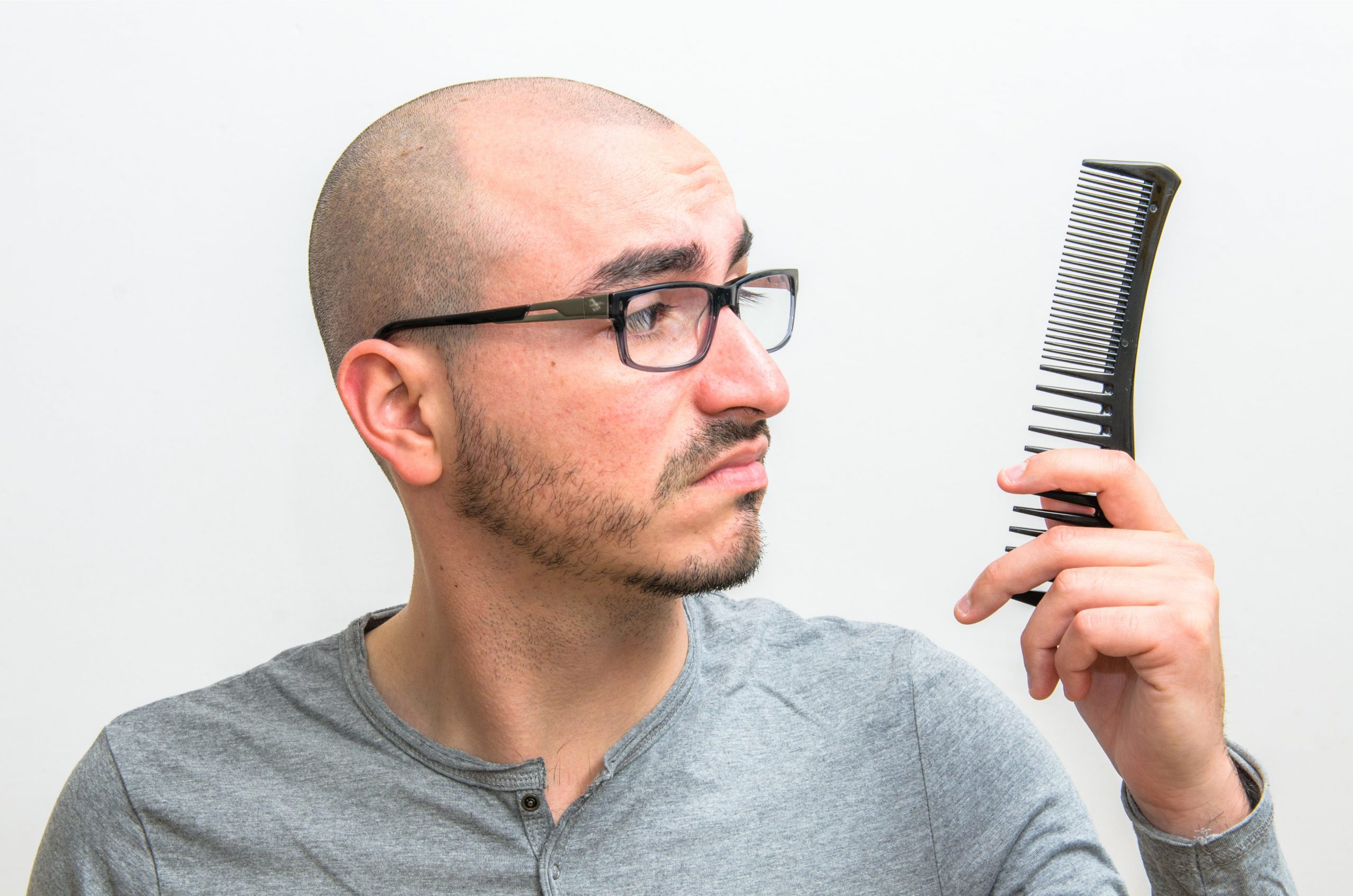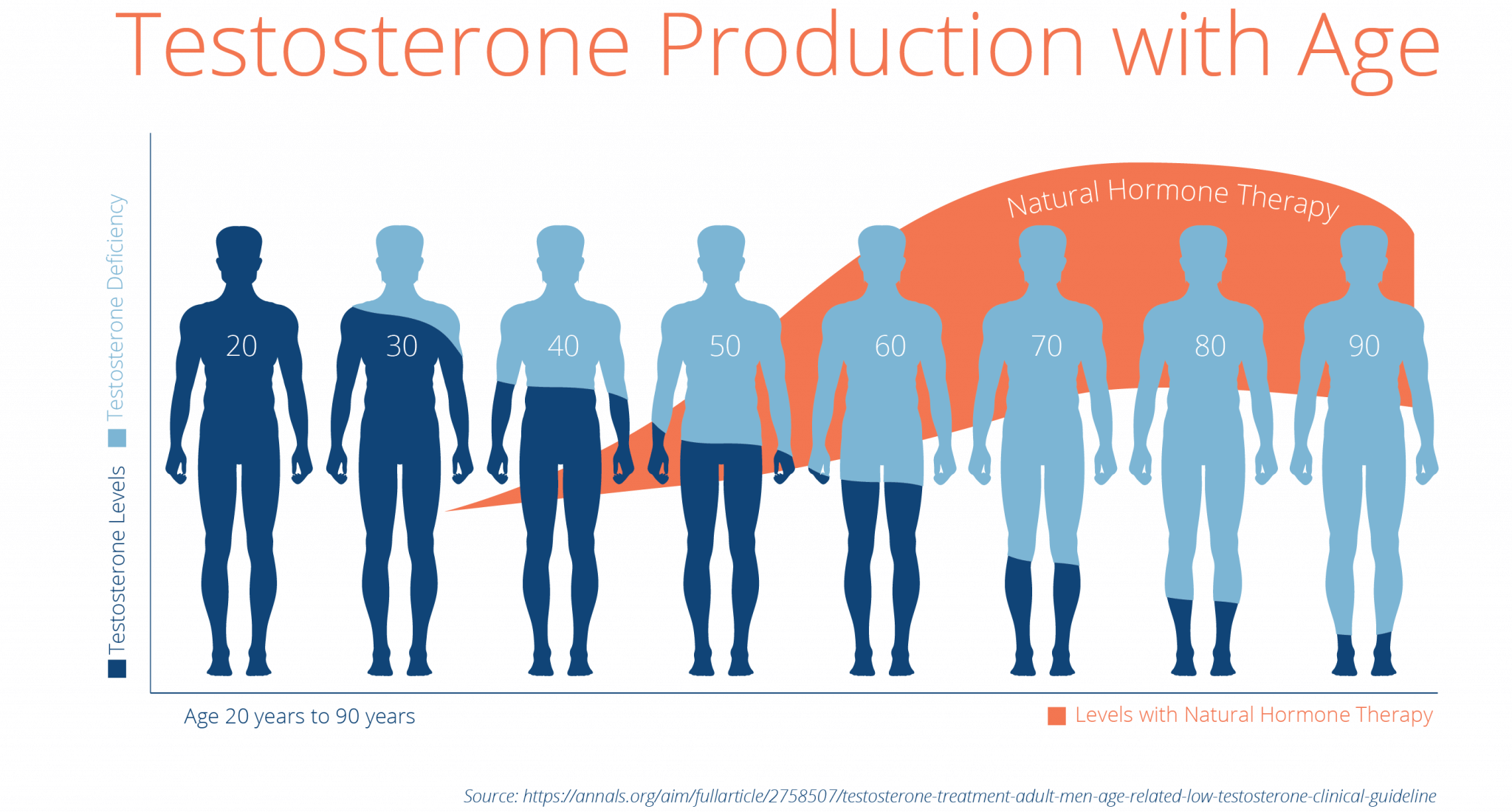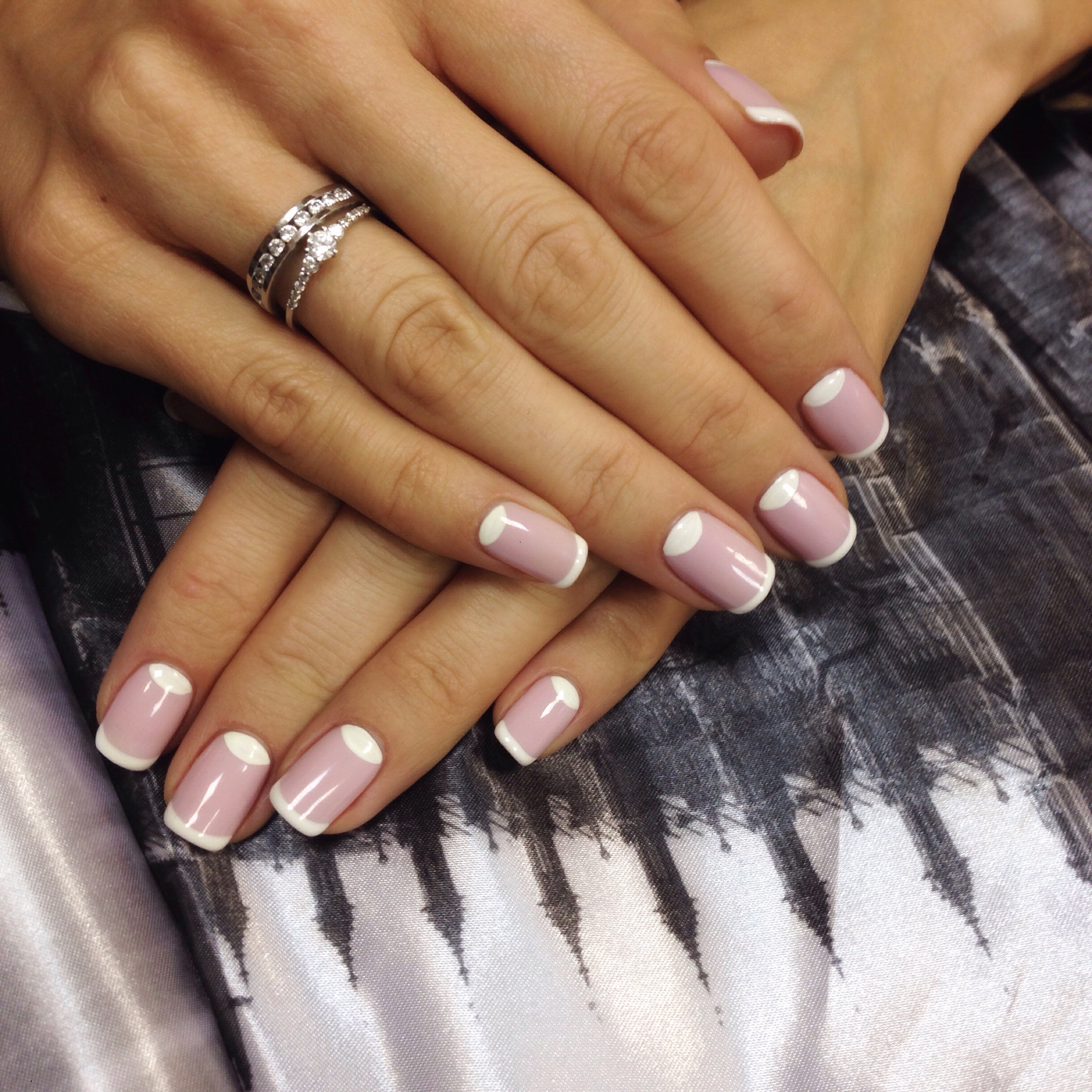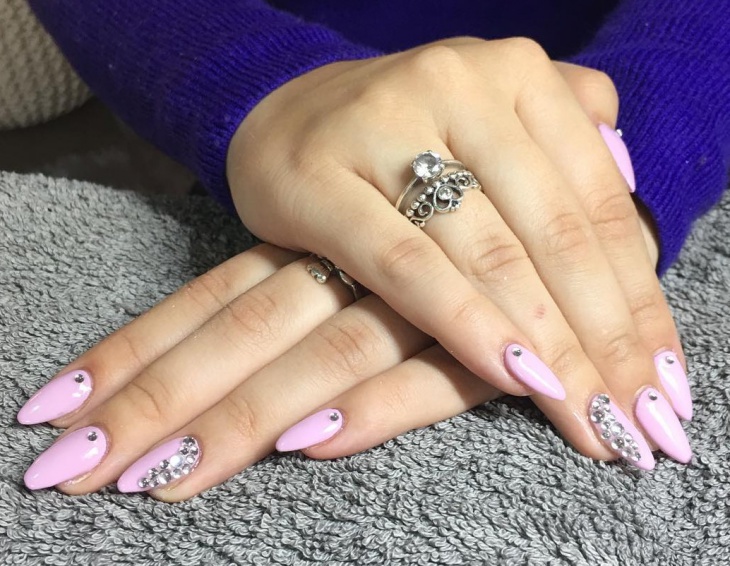Table Of Content

With the exception of certain diagnostic test panels, list available here, the tests we offer access to are not intended to diagnose or treat disease. None of our tests are intended to be a substitute for seeking professional medical advice, help, diagnosis, or treatment. For regulatory reasons, our tests are not available in NY with the exception of COVID-19.
Low Dose Testosterone in Females: The Benefits and Risks
PRP injections are another treatment available at Dr. Green’s office that helps reverse signs of hair loss. PRP injections, also known as platelet-rich plasma injections, are created with a solution comprising the patient’s plasma. The procedure begins with Dr. Green drawing blood and using a centrifuge to separate the platelet-rich plasma from the red blood cells. In a nutshell, people with higher levels of testosterone tend to have higher levels of DHT because more of the testosterone is converted to DHT. Hair loss will most likely occur if those people have a variant of receptors in their hair follicles that are highly sensitive to androgen.
What Is DHT?
DHT binds to certain proteins in the body, which in turn reduces the size of your hair follicles. This may result in thinning of the hair and may even delay the growth of new hair strands. In babies, when DHT is too low, it affects the development of male sex characteristics. In adults, high DHT levels can contribute to undesirable health effects like enlarged prostate and male pattern baldness.
Addressing shortfalls through diet and supplements: Does it help hair growth?

DHT directs the development of the external genitalia, including the penis and scrotum, and the prostate gland. During puberty, DHT plays an important role in the growth of facial and body hair, increased muscle mass, and deepening of the voice. There are various conditions that cause fluctuations in female hormone levels. Some of the leading causes of high testosterone levels in women are polycystic ovary syndrome (PCOS), congenital adrenal hyperplasia (CAH), thyroid problems, and insulin resistance. DHT is one such hormone that can be influenced by your family tree and a predisposition to male pattern baldness. As such, some treatments for hair loss may aim to block or inhibit the effect of DHT on hair follicles to preserve hair growth.
Genetics also play a huge role, as those with a family history of hair loss are more likely to experience it themselves. In the type of patchy hair loss known as alopecia areata, hair loss occurs suddenly and usually starts with one or more circular bald patches that may overlap. It can be used to treat a receding hairline and bald spot up top (but not hair loss at the temples), according to the National Library of Medicine. Developing side effects—including hair loss, which research shows (2) causes real struggles with anxiety, self-esteem, and body dissatisfaction—can cause you to give up on TRT. The link between testosterone and hair loss is intricate, and it’s vital to consider the broader context when examining this issue. Testosterone Replacement Therapy, or TRT, is the #1 medical treatment option in the world for men with low testosterone levels.
Vitamins & Supplements

Moreover, nicotine also causes inflammation of the hair follicle and makes neurotransmitter receptors less sensitive. Evidence highlights that smoking has an adverse effect on hair health. Nicotine, tobacco, and other components present in cigarettes can build up in hair follicles and the hair shaft. Smoking, and the harmful chemicals present in cigarettes such as nicotine, can cause hair loss. Finasteride is an oral medicine that has proved to be effective in treating balding in men.
What are the risks of testosterone therapy?
Furthermore, other studies have not seen changes in sperm parameters with low-dose finasteride, so further research is still needed. The enzymes that produce DHT are present in the prostate, the penis, and the scrotum. This article reviews the known effects of dihydrotestosterone, as well as some that are still under investigation. DHT hormone is formed from testosterone and is a precursor of other steroid hormones. There are lifestyle changes which have been proven to dramatically improve the quality of life of people experiencing high testosterone. Your health care provider may also ask you a series of questions in relation to your menstrual cycle, libido, and mood changes.
No increased heart risks with testosterone replacement therapy, study finds - NBC News
No increased heart risks with testosterone replacement therapy, study finds.
Posted: Fri, 16 Jun 2023 07:00:00 GMT [source]
Patients experiencing low testosterone levels may find Low T affects many aspects of their lives. Testosterone replacement therapy can be performed in several ways and will boost the levels of androgens present in the body, which can also increase the levels of DHT. Patients with a genetic predisposition to hair follicle sensitivity may find that increased levels of DHT accelerate hair loss on the crown of the head. The most significant risk factor for experiencing androgenetic alopecia is having a family history of the condition rather than the level of testosterone present in the body. High testosterone levels can contribute to the increased production of the hormone DHT, which can bind onto the hair follicle, weakening and causing hair loss.
The hormone is important role for keeping the ovaries working properly. In every body, testosterone helps keep bones strong, but too much of the hormone can contribute to high cholesterol and even liver disease. This is essentially a part of the telogen stage and is when hair is shed from the follicle.
It's important to clarify that while testosterone can indirectly contribute to hair loss, it's not the sole cause. Before pursuing hair loss treatment, talk with your doctor about the cause of your hair loss and treatment options. As part of your subscription and as medically indicated, physicians prescribe medications, and recommend supplements that are delivered to you from the comfort of your home.
Excessive testosterone levels in both men and women can lead to a variety of symptoms, including hair loss. Hair loss, or alopecia, can be an upsetting condition that affects one's self-esteem and overall well-being. Fortunately, there are medical interventions available, such as hormone replacement therapy (HRT), that can help manage excessive testosterone levels and potentially prevent or slow down hair loss.
More research needs to be done, but one study from 2010 found that participants saw significant improvement in sexual function and reduced personal distress over symptoms. No large differences were reported in estradiol levels or unwanted physical changes. Currently, regulatory agencies in many countries, including the United States, haven’t approved specific testosterone formulations for females. If a person is experiencing hair loss, many different home remedies are available. If these options are not successful, a person can contact a dermatologist.





















